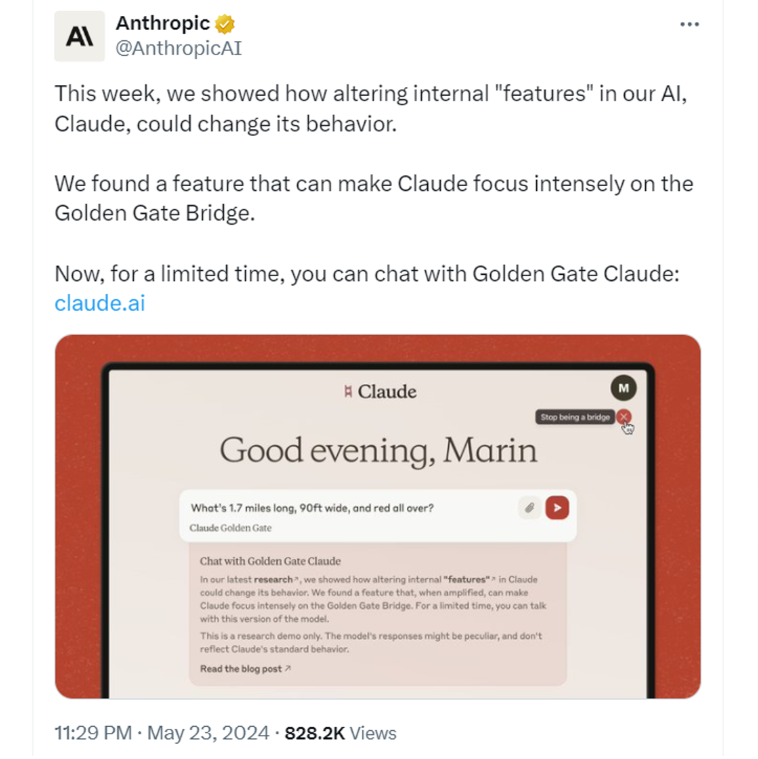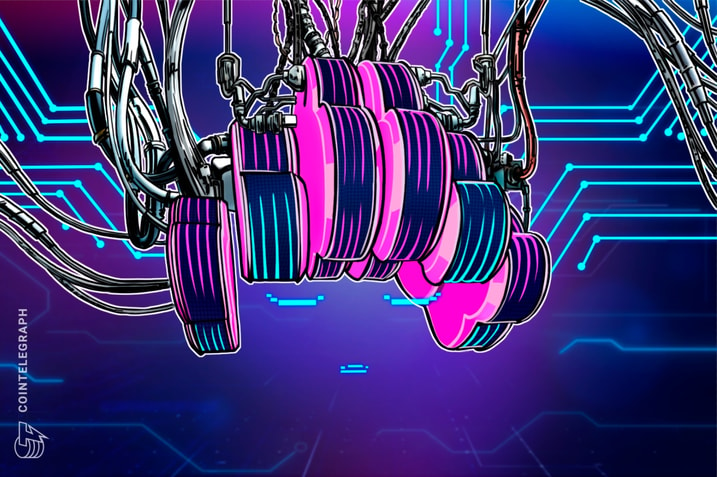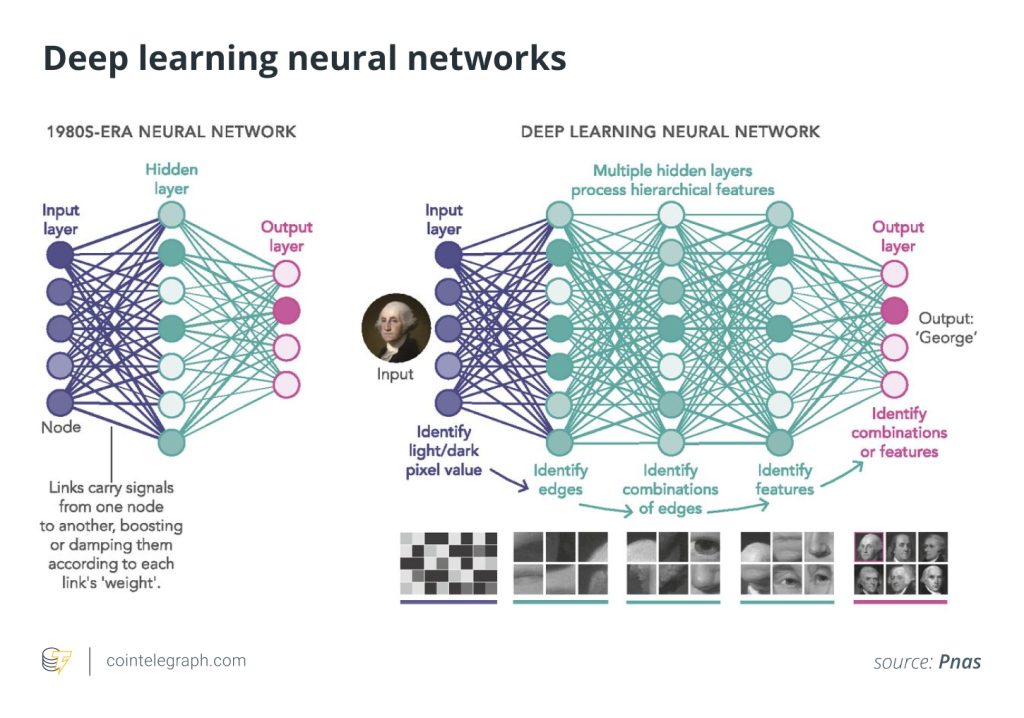Neural features key to reducing AI hallucinations: Anthropic CEO

The newly discovered features have the potential to drastically alter the behavior of current AI algorithms and provide developers with a deeper understanding of neural networks.

Newly discovered neural features in artificial intelligence (AI) systems could be the key to solving AI hallucinations, one of the industry’s biggest challenges.
AI “hallucinations” are an unintended result of training large language models to act as generative AI systems. Hallucinations occur when AI models output new, usually incorrect, information that isn’t contained in its data set.
However, the newly discovered neural features could help solve the issue around AI hallucinations, according to Dario Amodei, the co-founder and CEO of Anthropic.
Amodei said during a speech at Viva Tech Paris 2024:
“Modern AI systems have hundreds of millions of neurons… We found 30 million features in our model. Features for security vulnerabilities or bias against certain kinds of groups… We’re able to now intervene in them and change them.”
The challenge with hallucinations is that AI protocols don’t know the output is incorrect. However, the newly discovered features could make AI hallucinations a thing of the past, explained Amodei.
“Reducing [artificial intelligence] hallucinations is among the main benefits of this new discovery.”
Anthropic has already been researching the effects of altering internal features on its AI assistant to change its behavior. One particular feature created a demo model that made the AI “focus intensely on the Golden Gate Bridge.” Anthropic said in a May 23 X post:
“The fact that we can find and alter these features within Claude makes us more confident that we’re beginning to understand how large language models really work.”

Anthropic, a leading AI development firm, launched its AI chatbot, Claude, in Europe earlier in May. Since May 14, the AI assistant has been available through its web application and iOS app in several European languages, including French, German, Spanish, and Italian.
Related: LVMH is augmenting humans with AI, not replacing them
Artificial intelligence development will depend on talent, not data: Amodei
The lack of data has been the primary bottleneck challenging AI development.
However, thanks to the creation of synthetic data sets, the biggest challenge currently is the lack of developer talent, not the amount of data. Amodei said:
“Data will not be a bottleneck as some firms are starting to create synthetic data… AI advancement will mainly come down to talent…”
Amodei noted that synthetic data is promising for AI scalability, but the ratio of synthetic to real-world data can’t be infinite, as it would result in weaker and more unrealistic synthetic data sets.
The AI industry has seen growing investor interest since the beginning of 2024. On May 27, Elon Musk’s company secured a $6 billion Series B funding round. This funding aims to position its Grok chatbot as a competitor to ChatGPT by the end of 2024.






Responses